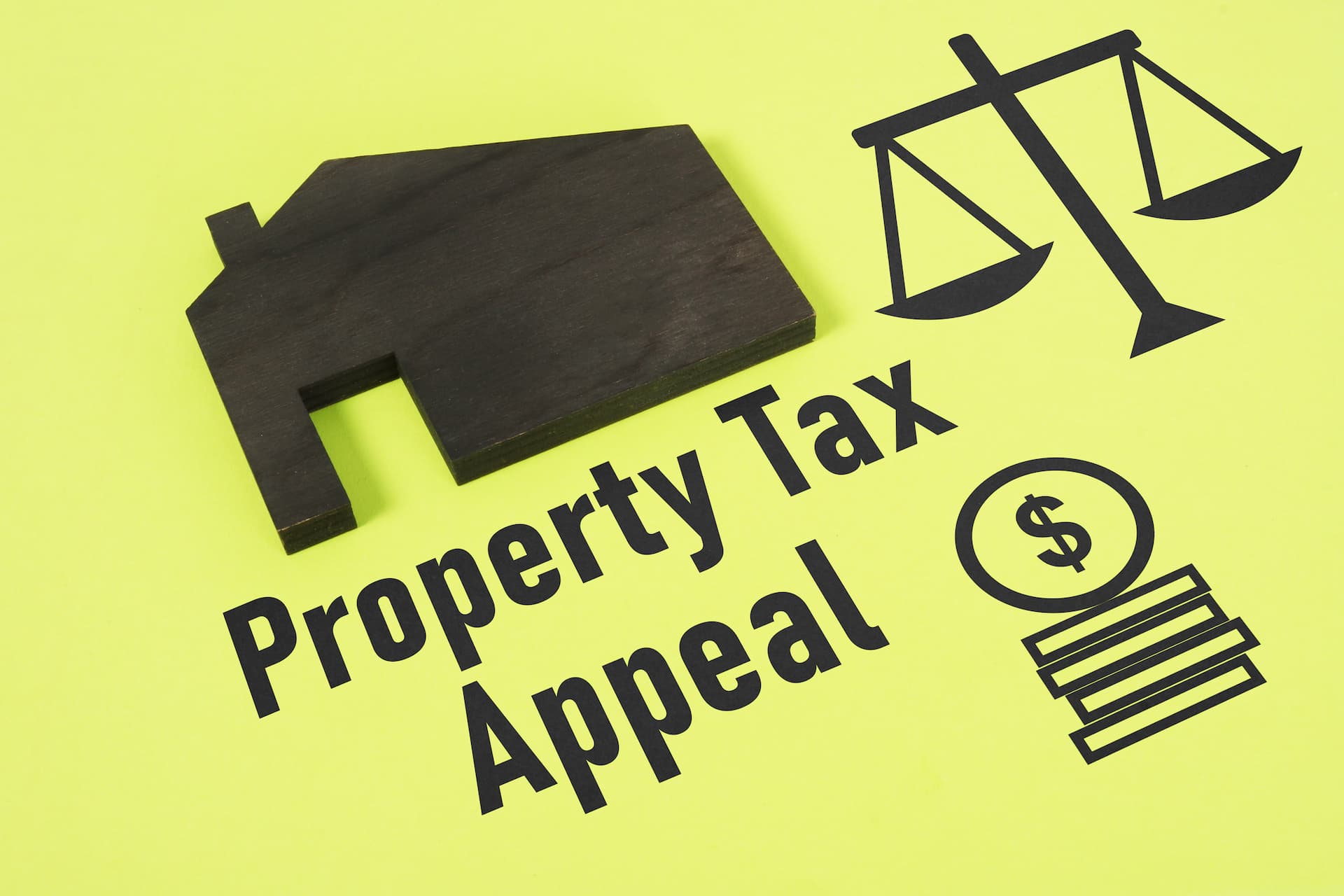
If you’re a homeowner in Texas, the right to protest your property’s valuation is one of your most important rights as a Texas property owner. Each year appraisal districts across Texas reappraise the valuations of Commercial and Residential properties as of January 1st. Property owners are mailed a “Notice of Appraised Value” beginning April of each year. You have until May 15th or 30 days after the date this notice is mailed to file your protest. If the deadline lands on a weekend, legal state or national holiday; the deadline is the next regular business day.
If you googled “how to protest property tax” and came across this article, your in the right place. We’ll show you the steps you can take to have a successful property tax protest online or in person.
How does protesting my property’s value reduce my property taxes?
Below is a simple example of how a successful property tax protest can help lower your tax obligation at year end. Simply put, you take the contrast between your initial value and the final value after protest and apply it your tax rate, giving you the tax savings of your efforts.
Before Property Tax Appeal |
Before Protest Value – 700,000 |
Tax Rate – 2.6% |
Before Protest Taxes – $18,200 |

After Property Tax Appeal |
After Protest Value – 620,000 |
Tax Rate – 2.6% |
After Protest Taxes – 16,120 |
Property Taxes Saved – $2,080
Reasons for Protest
There are several reasons to file a protest, but I will go over the 2 most common reasons.
The first option on the protest form is.
![]() Incorrect appraised (market) value and/or value is unequal compared with other properties.
Incorrect appraised (market) value and/or value is unequal compared with other properties.
This will cover both the incorrect market value and the inequality of your property. If you believe that either your property is not inline with the appraisals of similar properties in the area or you believe that you cannot sale your property for the value stated by the appraisal district, Choose this option. But you should almost always choose this option.
Step 1: How to File Your Property Tax Protest Form
You can either mail or email form 50-132 (Property Owner’s Notice of Protest) to your local appraisal district office or file the form online if your county has an online appeal process. You can contact your local appraisal district and find out if they accept protests either by email or by an online process.
Please keep a copy of your protest with proof that you submitted the protest. We always want to make sure that we scan a copy and send our protests via certified mail return receipt if we are using snail mail. If we email our protests, we always to enable the read receipt option and ensure that we get confirmation from the county that they have received the protest.
This gives you reassurance that your protest is received and processed in a timely matter, and if something gets lost or misplaced, you can prove that the protest was filed. I cannot not tell you how many times proper record keeping has saved our butts.
Step 2 Gather Information and Research Appraisals
You have the right to request all the information the county will use at your hearing, if requested, they must deliver this at least 14 days before your hearing. Failure to provide you with this information limits the appraiser to present any evidence at your hearing.
Research the appraisals of similar properties near your subject. Keep in mind that when comparing properties, adjustments are applied to the comparable for differences in size, quality of construction, year built, and extra improvements. This can skew your analysis if you don’t account for those differences.
For commercial properties, it will be tough to find comparable sales due to Texas being a non-disclosure state. The approach most taken is the income approach to value. This is where you take market cap rates and apply them to your net operating income. When you request the districts evidence, they will include their income approach analysis, where you can their compare market data to your actual financials.

For residential properties, you can have a realtor look for sales that occurred during the appraisal timeframe. Only sales that are situated in the same neighborhood will be considered during your hearing. Of course, adjustments are applied to the comparable for differences in size, quality of construction, year built, and extra improvements.
Step 3: Prepare for the Informal with a Local County Appraiser
This is where 90% of protests are resolved. This is the opportunity to meet with an appraiser who you can share information and come to a resolution. Being rational, polite, and friendly will get you to a result that both you and the appraisal district can live with.
Don’t be afraid to show all your cards, so bring all your research and state your opinion of value and explain how you got there. Don’t feel pressured to accept something you are not comfortable with, it’s ok to take it to the appraisal review board. You do not want to give up your rights to further appeal by signing off informally. If you believe you have a strong case, then it’s best that you stick by your guns.
Step 4: Present your case to the Appraisal Review Board
Appraisal Review Board (ARB) hearings are scheduled for a specific time and the ARB must inform you of the date and time at least 14 days before your scheduled hearing.
If you requested evidence from the appraisal district but did not receive it timely (at least 14 days before the hearing) then you must let the ARB know that you requested evidence but none was received. This will limit the appraiser to only having the option to rebut your evidence, but he cannot present any evidence to support his case.
Prepare a packet of the facts you plan to present, along with any pictures of deferred maintenance your property needs, bids from contractors for work that needs to be completed and whatever else you think will support your opinion of value. Be persuasive by sticking to the facts and remember not to ramble on about how your property taxes are just too darn high, instead, say that your valuation is too high in relation to similar properties.
Also remember not to speak over the appraiser and wait your turn to speak, the last thing you want to do is upset the panel members who determine the outcome of your hearing. You can always appeal the ARB’s decision of final value by filing for Binding Arbitration, but you must have an order of determination set by the Appraisal Review Board. So don’t agree with the appraiser and let the ARB set the value.
Conclusion: What determines a successful property tax protest?
The goal of a property tax protest should be the pursuit of an equal and uniform valuation in relation to similar properties close in proximity. If you can lower your property’s valuation at or below the median value of properties within your area, then that is a win. If you believe (and can prove) that you are still
overvalued compared to other similar properties, then you have the option to file what is called a Binding Arbitration if your valuation is $5 million or less or you can file a lawsuit in district court if more than $5 million.
Alamo Ad Valorem can assist you at whichever stage you are in your appeal journey as we specialize in handling administrative appeals and

binding arbitrations for our clients. We are here to take a bite out of your appeal workload by handling the entire appeal process. We have property valuation tools that allow us to quickly analyze all the data necessary to support a strong case for lower valuations.
Contact us today and see how Alamo Ad Valorem can help you pay less property taxes.


